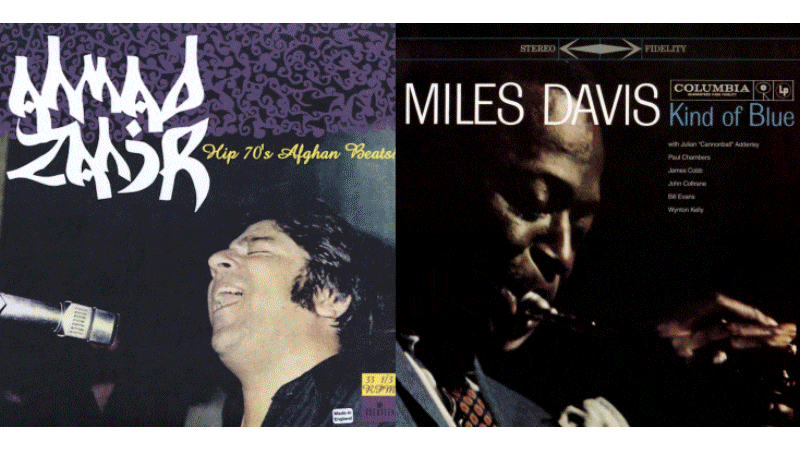Colombia’s Banana Massacre – The Real-Life Event That Inspired Gabriel García Márquez
In Service95 Book Club’s Monthly Read for October, One Hundred Years Of Solitude, Gabriel García Márquez offers a fictional account of Colombia’s 1928 ‘banana massacre’. Here, we find out more about the real-life event that inspired these scenes
Of the many different themes interwoven throughout Gabriel García Márquez’s masterful novel One Hundred Years Of Solitude, the issues of violence and history recur perhaps the most often. In the latter part of the book, the ‘gringos’ (the Latin American pejorative term for white foreigners, largely Americans) have occupied large areas of land and brought railways and modernity to García Márquez’s fictional town of Macondo. Then, an event takes place that marks a crucial point both in the novel and – in the case of the real-life event it was based on – in the history of Colombia, where the story is set.
The detail of this epochal event is told by García Márquez almost matter-of-factly. The labourers for the unnamed American banana company are on strike, for better working conditions and fair pay. The Colombian government, fearing a Communist uprising, is set against them. As the strikers mass in the centre of Macondo, troops set up machine gun nests on nearby roofs and take aim. With the surrounding streets blocked, there is no escape from the ensuing slaughter. Perhaps 3,000 are killed, their bodies collected by secret trains and dumped in the sea. Afterwards, no one remembers the massacre and the sole adult survivor – the character José Arcadio Segundo – is ignored as the whole town lapses into denial.
What is most striking about this ostensibly fictional account is how closely it matches the historical facts, such as they are known. There was indeed a ‘banana massacre’ of striking workers of the American banana-exporting United Fruit Company, not in Macondo, but in the real-world Colombian town of Ciénaga in 1928. The death toll would never become fully known and is still estimated at anywhere between 40 and 2,000. The bodies were either buried in mass graves or perhaps even dumped in the sea, as happens in García Márquez’s version. The workers’ demands were in retrospect clearly legitimate, including that they should be considered employees rather than contract workers and that they should be paid in currency rather than notes that could only be traded for food at United Fruit Company stores.
In the book, this episode follows Colonel Aureliano Buendía’s civil wars – of which García Márquez writes that he fought 32 and lost them all. The actual history of Colombia isn’t too different, including numerous civil wars and continual political instability throughout the 19th and 20th centuries. As in the book, the protagonists are Liberals and Conservatives, and it is likely that Colonel Aureliano Buendía’s character was in some part based on the author’s own grandfather, who was a colonel and a Liberal veteran of the Thousand Days’ War (1899-1902). He was vocal in his condemnation of the banana massacre, which García Márquez admired.
To this day, the historical power of the foreign-owned fruit trading companies is remembered in the term ‘banana republic’, which refers to their incredible influence over Latin American governments, not just in Colombia but also in Honduras and Guatemala. It is perhaps one of the most ironic legacies of Gabriel García Márquez’s masterpiece that, although it is a work that mixes magic and reality with seemingly whimsical abandon, it is the place where the banana massacre of 1928 – which may otherwise be a long-forgotten footnote in Latin American history – is principally remembered.




